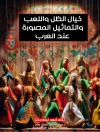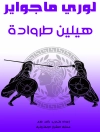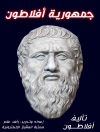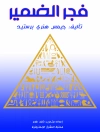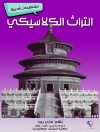Conflict and Battlefield Archaeology is a growing and important field in archaeology, with implications on the state of the world today: how humanity has prepared for, reacted to, and dealt with the consequences of conflict at a national and international level. As the field grows, there is an increasing need for research and development in this area.
Written by one of the most prominent scholars in this field of growing interest, ‘Aftermath’, offers a clear and important overview to research in the field. It will become an essential source of information for scholars already involved in conflict archaeology as well as those just starting to explore the field. It offers access to previously hard-to-find but important research.
Table of Content
Frameworks in Conflict Archaeology.- Considering Virilio’s (1994) Bunker Archeology.- Conserving Recent Military Remains: Choices and Challenges for the Twenty-First Century.- Jessie’s Cats and Other Stories: Presenting and Interpreting Recent Troubles.- Monuments and the Memories of War.- Memory and Place.- Views of the Berlin Wall: Allied Perspectives.- Peace Camp, Nevada.- Twyford Down.- Greenham Common Airbase.- Strait Street.- Landscapes of Events.- The Home Front, 1914–18.- The Battle of Britain.- D-Day Preparatory Sites in England.- Le Carré Landscapes: The Cold War.- Further Directions.- New Urban Frontiers and the Will to Belong.- Constructing Place: When Artists and Archaeologists Meet.


